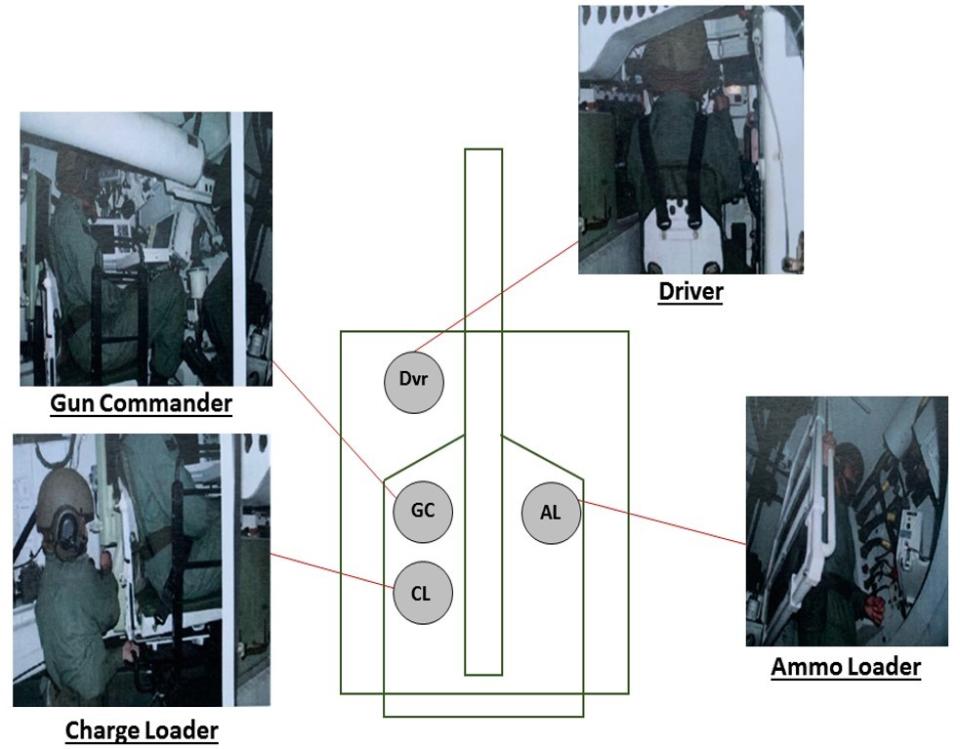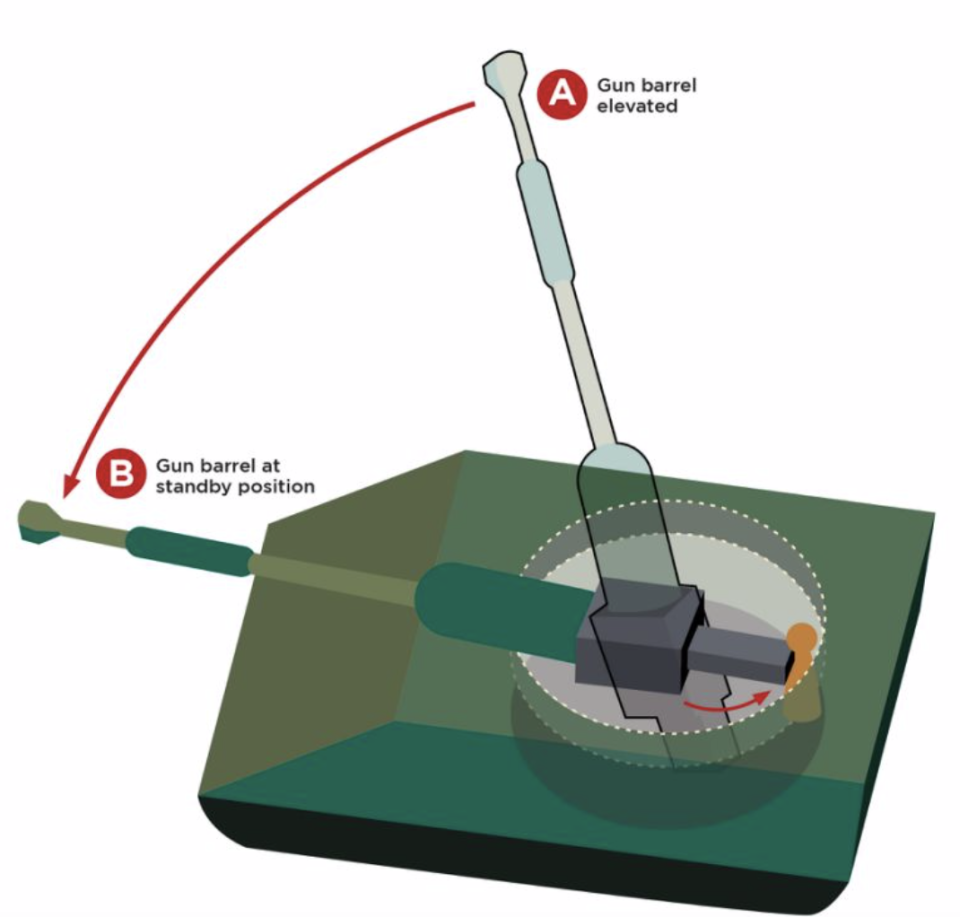Singapore Self-Propelled Howitzer: What are the steps to operate it and who are involved?

Corporal First Class (National Service) Aloysius Pang, 28, died last Wednesday (23 January) after sustaining “crush injuries” in a Singapore Self-Propelled Howitzer (SSPH) during a training exercise in New Zealand.
“In the last 15 years of SSPH operations (since its commission in 2003), there has not been any reported injury of servicemen due to the gun lowering for maintenance or operating in or firing of the SSPH,” said the Ministry of Defence (Mindef) in a media statement on Wednesday (31 January).
In the same period, more than 1,000 servicemen, National Service (NS)men, and regulars have been trained to operate the SSPH, with around 12,500 rounds fired, it added.
Mindef also shared more details on how the SSSH is operated and the safety precautions taken during emergency situations.
What is the SSSH?
It is a 155mm and 39-calibre tracked howitzer developed by ST Engineering Land Systems.
It is operated by a crew of four: a gun commander, charge loader, ammo loader, and driver.
What does the crew do?
Gun commander: Commands and supervises the gun detachment; responsible for all equipment in the detachment as well as all aspects of the operation of the SSPH
Charge loader. Responsible for preparing and loading the correct charge for the firing of the ammunition
Ammo loader: Responsible for loading the correct ammunition to be fired
Driver: Responsible for driving the SSPH

What happens when the gun barrel is being lowered?
To lower the gun barrel, the crew is expected to follow a set of drills stipulated in the SSPH operator manual.
The gun commander conducts visual checks to ensure that the area surrounding the gun barrel is free from obstacles.
He also conducts visual checks to ensure that the cabin crew is in their respective safe operating positions and not in the travel path of the barrel.
The gun commander shouts “clear away” to warn the gun crew of impending barrel movement. He shouts “standby” before lowering the barrel.
It takes between nine and 10 seconds for the gun barrel to be lowered.
What can the crew do in emergency situations?
Either the gun commander, charge loader or ammo loader can activate an emergency stop button located within reach of their respective operating positions.
This button will ensure that the gun barrel or other mechanical moving parts in the turret will immediately cease movement.
What happens during maintenance work?
A team of army technicians, such as CFC (NS) Pang who was an armament technician, will be activated onsite to take charge of the SSPH.
Given the diagnosis and maintenance works required, the army technicians may require the assistance of the gun commander.
Army technicians are also trained and required to abide by the same drills and safety protocols as the SSPH crew.
How are army technicians trained?
Selected full-time national servicemen are posted to the Ordnance Engineering Training Institute Engineering School for 12 weeks of basic technical training on common platforms such as the Bionix II IFV and Bronco All-Terrain Tracked Carrier.
After the basic technical training, they are posted to various maintenance bases where they will spend four weeks under the guidance of a regular technician.
Selected technicians who are required to maintain specialised platforms – such as the SSSH, Belrex Protected Support Vehicle, and Light Strike Vehicle – will undergo two to four weeks of modular courses.
Once the necessary training is completed, they will be posted to various units to support and perform the required maintenance tasks.
How are operationally-ready NSmen army technicians “re-trained”?
During their in-camp training, NSmen technicians undergo Maintenance Vocational Training to refresh what they have learned during their NSF training.
The trainees will be drilled on the theoretical and practical components included in the MVT until they have been assessed to be proficient in performing the required maintenance tasks.
Upon the completion of their MVT, the NS technicians will then proceed to train with their respective NS units.
Should they be required to participate in overseas exercises, the unit will assess and cater for Just-in-Time training for the technicians.
Why was CFC (NS) Pang in the SSSH? What happened?
Pang, an armament technician, – together with another technician and a gun detachment commander – were called in to perform diagnosis on a suspected fault in the SSPH’s gun.
The gun barrel was to be lowered to standby position as part of the rectification process.
Pang was unable to get out of the way and suffered “crush” injuries to his chest and abdominal areas after being caught between the end of the lowering gun barrel and the interior of the SSSH.

A timeline of the events:
Related stories:
Aloysius Pang’s death: Late actor was first soldier to be injured operating SSPH
Ng Eng Hen to deliver Ministerial Statement in Parliament following Aloysius Pang’s death
A final farewell: Military funeral given to late actor Aloysius Pang
Aloysius Pang’s death: ‘Don’t cry, mom. If you cry, I will cry, too’
Aloysius Pang’s death: ‘I couldn’t bear to leave’ the wake, says grieving well-wisher
Aloysius Pang’s death: Priority now is to get family’s ‘precious’ back home, not seek ‘answers’
Aloysius Pang suffered ‘major trauma’, complications were ‘expected’: Top army doctor
Aloysius Pang death: SAF calls for army-wide safety timeout, reduction in training tempo



